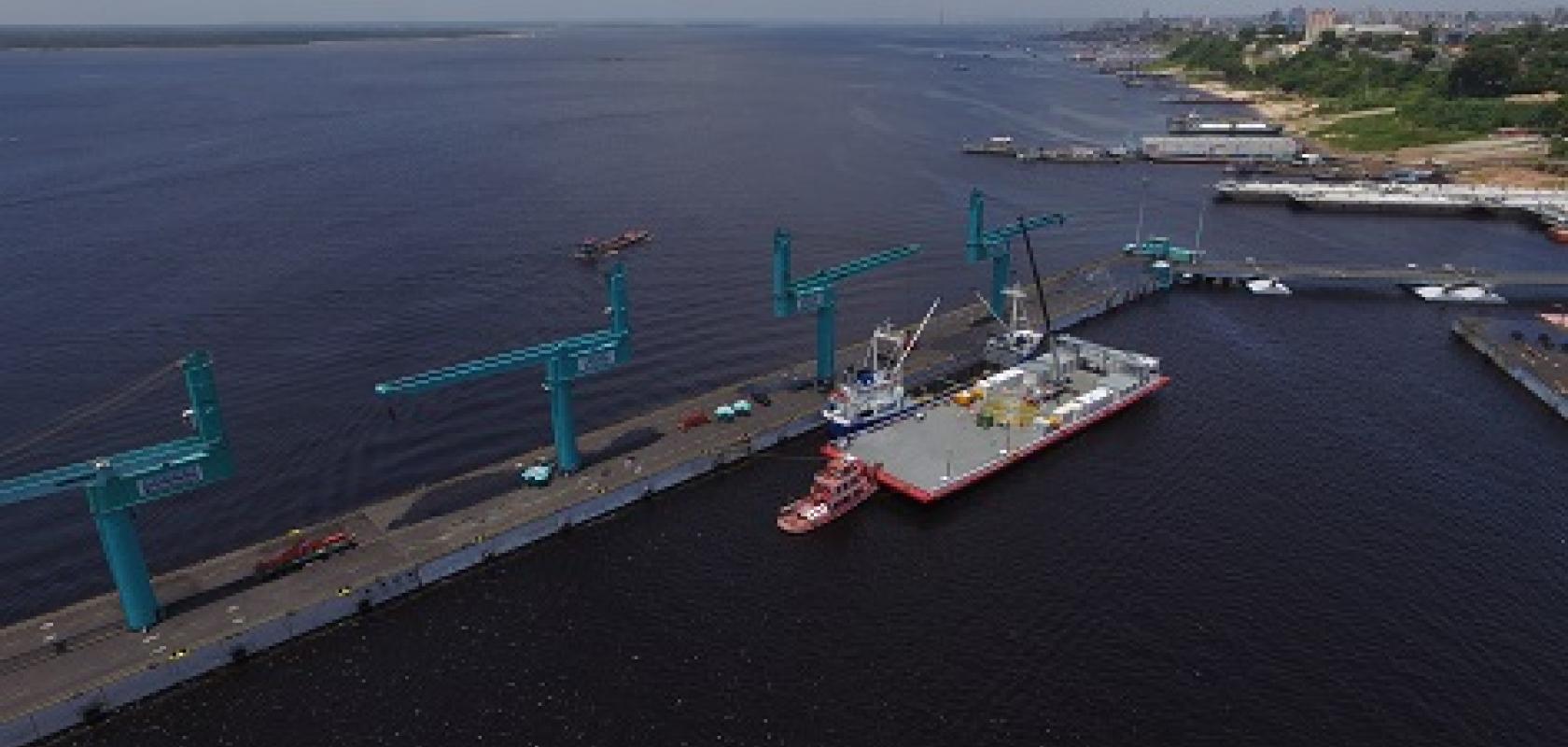Nexans Norway is supplying submarine fibre optic cables to the Connected Amazonia Program in Brazil to connect 4 million people to the internet.
One of largest submarine fibre projects in the world, the programme comprises 7,700km of cables to connect 52 municipal areas through five separate cable routes on and beneath riverbeds in the Amazon.
As part of the project, 275km of Nexans cables will be installed in riverbeds between Coari and Tefé. The entire network will be made up of five data highways: Upper Negro river, Upper Solimões, Madeira, Purus and Juruá.
The Connected Amazonia Program aims to bring high-quality internet connections to the State of Amazonas, not only to connect residents to the Internet, but also to enable telemedicine, distance learning and greater interconnection between health, security and traffic services. The program aims to do this while minimising the environment impact of the installation.
For this project, Nexans recommended using high-performance cables with minimal environmental impact. To help preserve the fragile Amazon Rainforest ecosystem, Nexans has supplied cables that will not release harmful substances into the delicate river ecosystem. The fibre-optic cables from Nexans’ URC-1 family of cables also meet all international standards for submarine cables.
To handle the strong currents in the river that occur throughout the year, a flat-bottomed barge will be used as the cable-laying vessel. For additional security, five support vessels will accompany the cable-laying barge. In the future, local teams with specialist tools can maintain the cables.
The cables were manufactured at Nexans Norway, a specialist plant focussing on high-performance Ethernet solutions, and shipped to Brazil for installation.
Ragnar Vogt, director at Nexans Norway said: “We are proud to be helping to bring technology to the Amazon Rainforest. Nexans is looking forward to the challenge of working in such a unique environment. To ensure the program got all the expertise we could offer, the Norwegian and Brazilian teams worked together to combine technological and local area knowledge. This project will do more than connect native people to the Internet. It will bring investment, improved healthcare and better access to education to traditionally isolated regions.”


